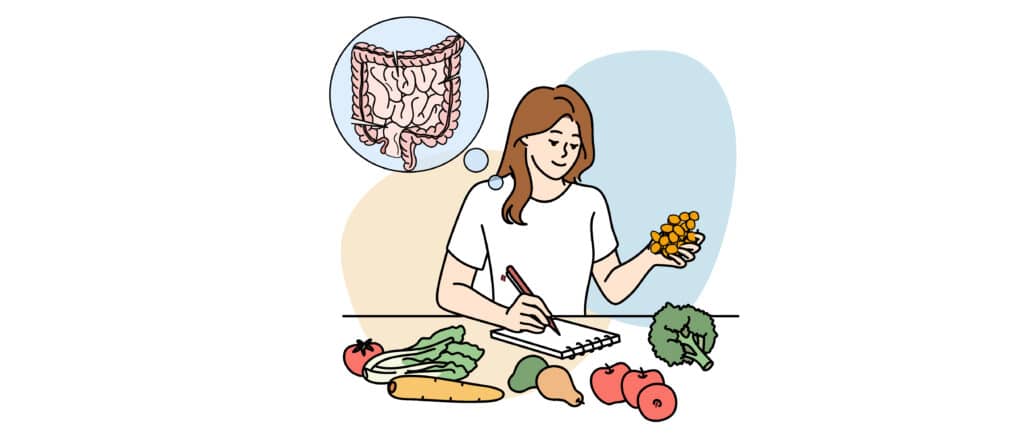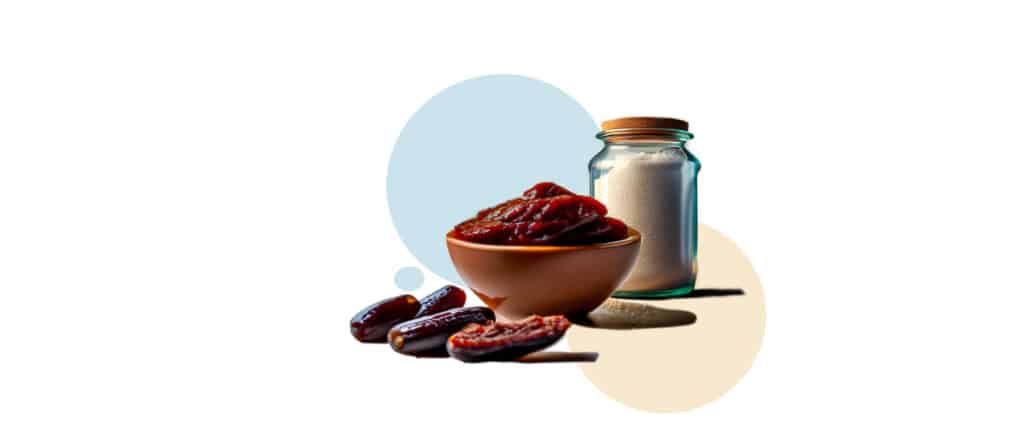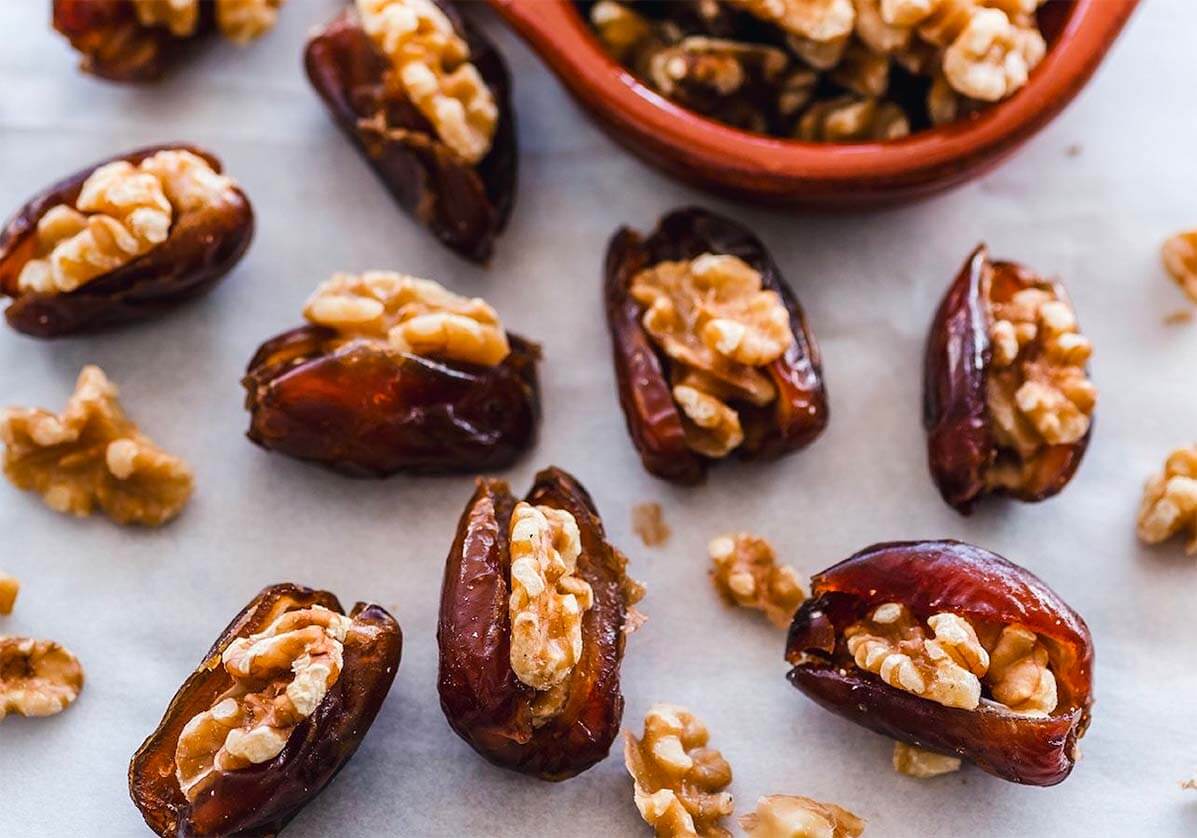Best Low-Fat Foods 2021: Dates, Fruits, and More
- Nutrition
- January 21, 2022
- 9 minutes read
In this article, we will look at:
- The importance of healthy fat within our diets
- What types of fats are beneficial and what are harmful
- The best low fat foods to incorporate into a low-fat diet to maximize the health benefits while reducing the adverse effects
INTRODUCTION:
Fats play a vital role in cell communication, cell growth, organ protection, and insulation for our bodies. However, too much fat–or unhealthy fats–can lower our HDL, raise our LDL cholesterol levels, and increase the risk of heart disease. When following a low-fat diet, it is important to know which foods will provide us with a healthy, well-rounded source of nutrients. Options such as whole grains, lean protein sources, low-fat dairy options, and fruit and vegetables are excellent.
Healthy fats are an important part of a balanced diet. However, having a high percentage of your daily calorie intake from fat can lead to adverse health consequences.
According to the American Heart Association (AHA), 25 to 35 percent of your total daily calories should come from fat to maintain a healthy low-fat diet. However, fats can be categorized into different groups, each with a separate recommendation. Trans fats, for example, can lower HDL levels and raise LDL levels, which increases the risk of developing heart disease. The AHA recommends that your intake of trans fat should be less than 1 percent of your daily calorie intake. While slightly better than trans fat, saturated fat should still be limited. According to the AHA, Saturated fat should be no more than 5 to 6 percent of your daily calories.
Choosing the Best Low Fat Foods
When choosing the best low fat foods, a good rule of thumb is to look for products with under 3 grams of fat per 100 calories. This indicates that 30% or less of the calories in the food come from fat. People choose to go on a low-fat diet for various reasons, but the most common is improving their overall health. Certain diseases and conditions can be significantly improved by following a low-fat diet. For example, Pancreatitis is a common (over 200,000 cases per year!) condition in which the pancreas is inflamed, leading to nausea, stomach pain, and severe abdominal discomfort. A low-fat, high protein diet can help reduce pain and prevent future flare-ups. Following a low-fat diet can also help reduce the likelihood of disease risk factors such as high blood pressure and high cholesterol and reduce the risk of heart disease and diabetes.
Many different categories of food fit into the requirements of a low-fat diet. One of the most popular of these best low fat foods is dairy and dairy-like products. You can often recognize these foods through their “low-fat” or “fat-free” labels. Some examples of dairy products to look for that fit these descriptions are low-fat (look for 1% when possible) or fat-free (also may be labeled as “skim”) yogurt, cottage cheese, and milk. You may also look for Neufchatel or “light”: cream cheese or fat-free cream cheese, which is a great swap for your morning bagel. If you regularly consume cheese, looking for low-fat or “skim” cheeses can significantly help to reduce the amount of fat consumed in your diet. If you are dairy-free, dairy-free cheese alternatives are great for picking a low-fat option.
Another healthy nutrient source that is low in fat is lean protein sources such as fish, lean meat, poultry, and eggs. The American Cancer Society recommends limiting processed and red meats when choosing a protein source. If you choose these options, look for meats labeled “lean” or “loin” cuts. When you cook these meats, try to cook them without adding any oils. The fat of the meat should help it not stick to the pan. Some of the best choices for other protein sources are egg whites, crab, white fish, tuna packed in water, shrimp, turkey and chicken breasts without skin, and ground turkey breast. For non-animal protein sources, look for beans, peas, and lentils cooked and canned without added fats. Veggie burgers are also a great option but opt for homemade versions or carefully read the label to ensure there are no, or limited, added fats.
Grains, cereals, and pasta are also common sources of energy-providing carbohydrates. Choosing options that are low in fats can help make up a balanced diet. Oatmeal, grits, cold cereals (except granola), whole grain pasta, brown rice, whole-grain bagels or pita bread, English muffins, low-fat crackers, bread, and corn or whole wheat tortillas are all excellent options for low-fat carbohydrates.
When it comes to fruit and vegetables, most options are considered low in fat. Fresh, frozen, and canned fruits in their juice are all low-fat options and fresh, frozen, and canned vegetables. When choosing canned vegetables, try to opt for lower-fat versions. Dates, in particular, are an excellent low-fat source of healthy nutrients. Dates typically only contain an average of 0.14 grams of fat per 100 grams of the fruit fresh and an average of 0.28 grams of fat per 100 grams for dried dates.
Other foods that make up a balanced, low-fat diet include vegetable broths, sauces made with skim milk, puddings, and shakes made with skim milk, salsa, and mustard. Small amounts of light margarine, light mayonnaise, fat-free salad dressing, and non-stick cooking spray can also be used. These low-fat versions of the food supply less than half the fat of the regular versions of the food, but most of the calories often still come from fat. Because of this, moderation is key.
Dietary fats are essential for energy and support healthy cell growth, insulating the body and protecting your organs. Fats help nutrient absorption and secrete important hormones. Because of this, it is vital to incorporate enough fat for your body to function correctly unless you are on a specialized diet by your doctor or dietitian. The most important factor to consider is choosing healthy fat sources. Unsaturated fats, which are liquid at room temperature, are beneficial because they can improve blood cholesterol levels and reduce inflammation. Examples of healthy unsaturated fats include olive oil, peanut oil, avocado, nuts, and seeds. Omega-3 fats are also an important type of polyunsaturated fat, and the body can’t make them on its own. This means they must be supplemented from the diet. Fish, walnuts, flax seeds, canola oil, and soybean oil are excellent options.
CONCLUSION:
When building a healthy, well-rounded diet, it is important to incorporate whole foods such as whole grains, fruits, vegetables, and lean protein sources, while limiting trans fat and high-fat foods. In addition to this, choosing sources of fat that include healthy unsaturated fats such as walnuts and salmon is vital to maximize the benefits of fats in our diets while minimizing the potential adverse effects.
Summary
Fats play an important role in cell growth, communication, organ health, and body insulating. However, too many fats or unhealthy fats can cause more negative effects than positive ones. It is important to choose low in unhealthy fats, such as low fat or fat-free dairy products, lean meats, whole grain carbohydrates, and fruits and vegetables. Low-fat products like lite margarine and fat-free salad dressings can also be eaten in moderation. When choosing products with healthy fats, look for ones with unsaturated fats and healthy omega-3s to get the most out of your food choices.









